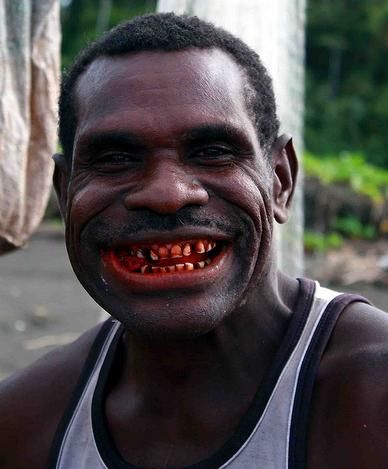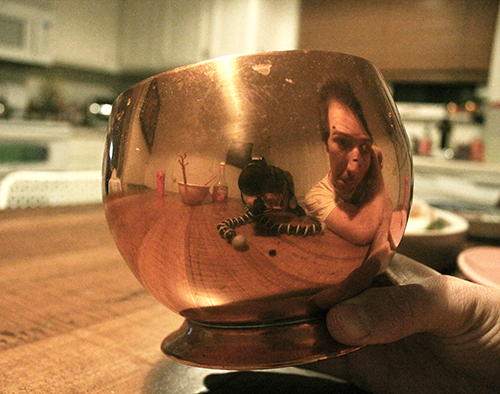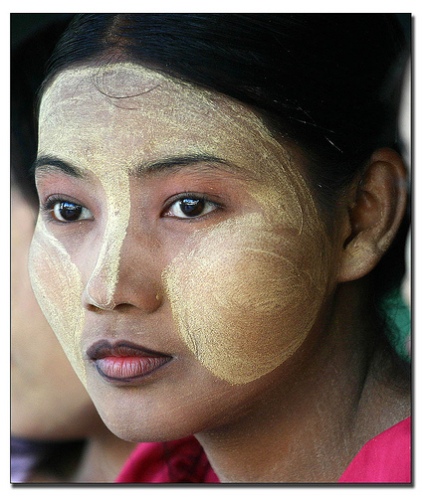Vienna, 2 September 2020
My wife and I have been doing quite a lot of hiking in high alpine meadows this year, which of course means that we’ve been passing a lot of cows. Here is a photo I took of one such cow at one of the huts we recently stayed in.

Every time I see cows, I am struck by the same thing: they never smile (or laugh, for that matter). I am particularly aware of this lack of hilarity in cows because of the French cheese product, La Vache Qui Rit, the Laughing Cow.
For readers who may not know this product, it’s a delicious spreadable cheese that comes in wedges. Each wedge is wrapped in silver foil; the foil is removed by pulling on a red plastic thread. It’s normally given to children. That was certainly the case for me; my French grandmother routinely fed her grandchildren pieces of French baguette thickly spread with this cheese: mmmm, soo good!
But it’s not the cheese I want to talk about. It’s the round box which holds the wedges.

As readers can see, the box is covered by a picture of a cow laughing heartily (she also has a faintly gypsy-esque look, with boxes of the cheese dangling from her ears like large earrings). I would always study the picture as I munched on my cheese-smothered piece of baguette, fascinated by that laugh. Why couldn’t the cows in the field below the house laugh like that, I wondered? Or at least smile. Or the neighbour’s dog? Or the rabbits my grandmother kept in a hutch in the vegetable garden? Or the horse I would pass on my way to get milk at the nearby farm?
As one does as a child, I quickly forgot these philosophical musings. But during my recent continued meetings with cows in high alpine meadows the question has resurfaced, although since I am now considerably older and (I hope) wiser, I ask myself the question differently: why do human beings appear to be the only species who smile?

I should say at this point that my response to this question is completely based on an article by Michael Graziano, who is a Professor of Neuroscience at Princeton University, entitled The First Smile.
I should also remind readers that we are, for all of the airs and graces that we give ourselves, fundamentally great apes. We share 99% of our DNA with chimpanzees and bonobos, 98% with gorillas, and 97% with orangutans. When Charles Darwin first revealed this relationship to horrified Victorians, one wit came up with this cartoon.

One aspect that we share with all the other great apes (and indeed with all primates) is our sociability. We are intensely social animals and much of our instinctive (DNA-driven) behaviour comes from us having lived in bands on the African veld. This behaviour regulated the all-important interpersonal relations. One such relation was when someone else in the band approached you and entered your personal space. Here, I let Professor Graziano take up the tale.
“Imagine two monkeys, A and B. Monkey B steps into the personal space of Monkey A. The result? … a classic defensive reaction. Monkey A squints, protecting his eyes. His upper lip pulls up. This exposes the teeth, but only as a side-effect: in a defensive reaction, the point of the curled lip is … to bunch the facial skin upward, further padding the eyes in folds of skin. The ears flap back against the skull, protecting them from injury. The head pulls down and the shoulders pull up to protect the vulnerable throat and jugular. The head turns away from the impending object. The torso curves forward to protect the abdomen. Depending on the direction of the threat, the arms may pull across the torso to protect it, or may fly up to protect the face. The monkey snaps into a general defensive stance that shields the most vulnerable parts of his body.
Monkey B can learn a lot by watching the reaction of Monkey A. If Monkey A makes a full-blown protective response, cringe and all, it’s a pretty good sign that Monkey A is frightened. He’s uneasy. … He must view Monkey B as a threat, a social superior. On the other hand, if Monkey A reveals only a subtle response, perhaps squinting and slightly pulling back his head, it’s a good sign that Monkey A is not so frightened. He does not consider Monkey B to be a social superior or a threat.
That kind of information is very useful to members of a social group. Monkey B can learn just where he stands with respect to Monkey A. And so the stage is set for a social signal to evolve: natural selection will favour monkeys that can read the cringe reactions of their peers and adjust their behaviour accordingly. This, by the way, is perhaps the most important point of the story: the primary evolutionary pressure is on the receiver of the signal, not the sender. The story is about how we came to react to smiles.
Then again, nature is often an arms race. If Monkey B can glean useful information by watching Monkey A, then it’s useful for Monkey A to manipulate that information and influence Monkey B. Evolution therefore favours monkeys that can, in the right circumstances, pantomime a defensive reaction. It helps to convince others that you’re non-threatening. Finally we see the origin of the smile: a briefly flashed imitation of a defensive stance.
In people, the smile has been pared down to little more than its facial components — the lifting of the upper lip, the upward bunching of the cheeks, the squint. These days we use it mainly to communicate a friendly lack of aggression rather than outright subservience.
And yet we can still see the monkey gesture in us. We do sometimes smile to express subservience, and that servile smile can come with a hint of the whole-body protective stance: head pulled down, shoulders up, curved torso, hands pulled in front of the chest. Just like monkeys, we react to such signals automatically. We can’t help feeling warmer towards someone who beams [a genuine, friendly smile involving the eyes]. We can’t help feeling contemptuous of a person who makes a servile cringe, or suspicious of someone who fakes a warmth that never reaches those vulnerable eyes.”
To underline Professor Graziano’s point about the servile cringe, I insert here a picture of Uriah Heep from Charles Dickens’s David Copperfield, the epitome of the servile cringer.

As for people with the fake smile which never reaches the eyes, I can think of a few people I’ve worked with over the decades who would fit that description very well – I name no names so as not to be sued for libel.
In any event, Professor Graziano’s explanation of why we smile seems to me a good one. And it turns out that chimps and monkeys have something which looks remarkably like a human smile.

So we may not be the only ones who can smile. Maybe a lot of monkeys have something like a smile.
But it is a pity that cows don’t smile. It would be so nice if they would smile at me and my wife as we cross the high alpine meadows on our hikes.

And we would definitely smile back.
P.S. Any reader who is interested in an explanation of why we laugh and cry should consult Professor Graziano’s article.
_____________________________________________
Sources for the photos of people smiling:
White woman smiling: https://dissolve.com/stock-photo/Mid-thirties-white-woman-smiling-camera-park-royalty-free-image/101-D430-47-955
African woman smiling: https://www.flickr.com/photos/mytripsmypics/8099320008/
Asian woman smiling: https://www.shutterstock.com/video/clip-7618840-young-asian-woman-smile-happy-face-portrait
Indian woman smiling: https://dear-kim.com/2012/11/29/i-did-celban-i-think-i-messed-up-with-my-writing/smiling-indian-woman/
Aboriginal woman smiling: https://www.mydr.com.au/diabetes/diabetes-in-indigenous-australians
Andean woman smiling: https://travel.mongabay.com/pix/peru/andes-Chinchero_1017_0541.html
Middle Eastern woman smiling: https://depositphotos.com/42508065/stock-photo-smiling-middle-eastern-woman.html
Southeast Asian woman smiling: https://depositphotos.com/320288532/stock-video-portrait-of-a-smiling-indonesian.html
White man smiling: https://www.shutterstock.com/it/video/clip-14867809-portrait-od-smiling-handsome-caucasian-man-using
African man smiling: https://www.gettyimages.no/detail/news-photo/happyl-smiling-nigerian-man-waiting-for-friends-at-news-photo/53043863
Asian man smiling: https://www.freepik.com/premium-photo/smiling-young-asian-man-face-close-up_1647809.htm
Indian man smiling: https://www.trekearth.com/gallery/Asia/India/South/Tamil_Nadu/Mallanginar/photo260886.htm
New Guinean man smiling: https://www.alamy.com/stock-photo/handsome-papua-new-guinea-man.html
Andean man smiling: https://commons.wikimedia.org/wiki/File:Andean_Man.jpg
Middle Eastern man smiling: https://www.alamy.com/stock-photo/saudi-arabian-man.html
Southeast Asian man smiling: https://dissolve.com/video/Portrait-smiling-Cambodian-royalty-free-stock-video-footage/001-D205-1-086


























































































































